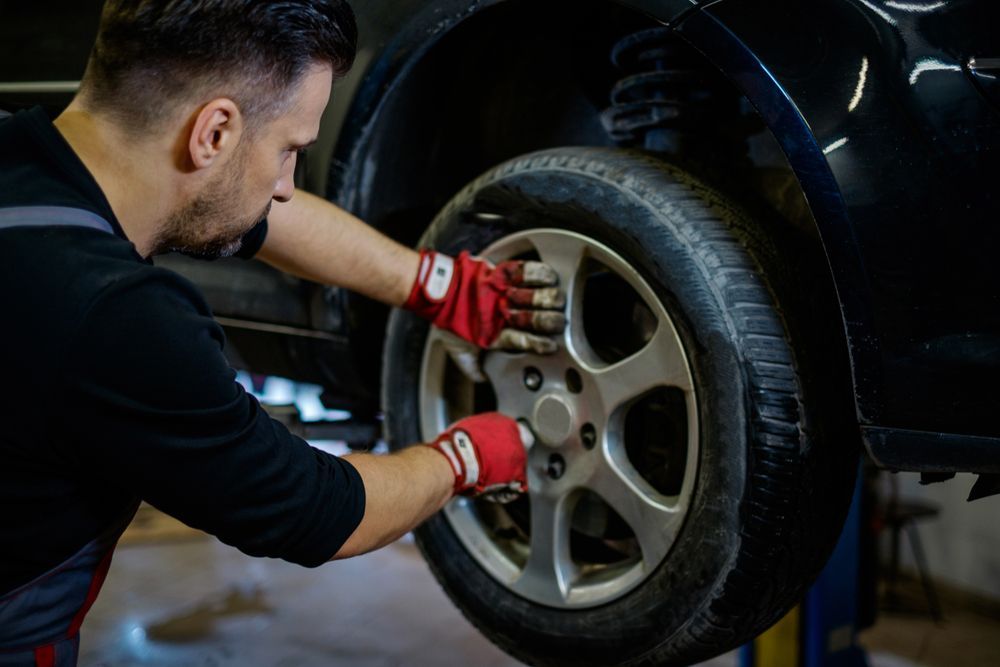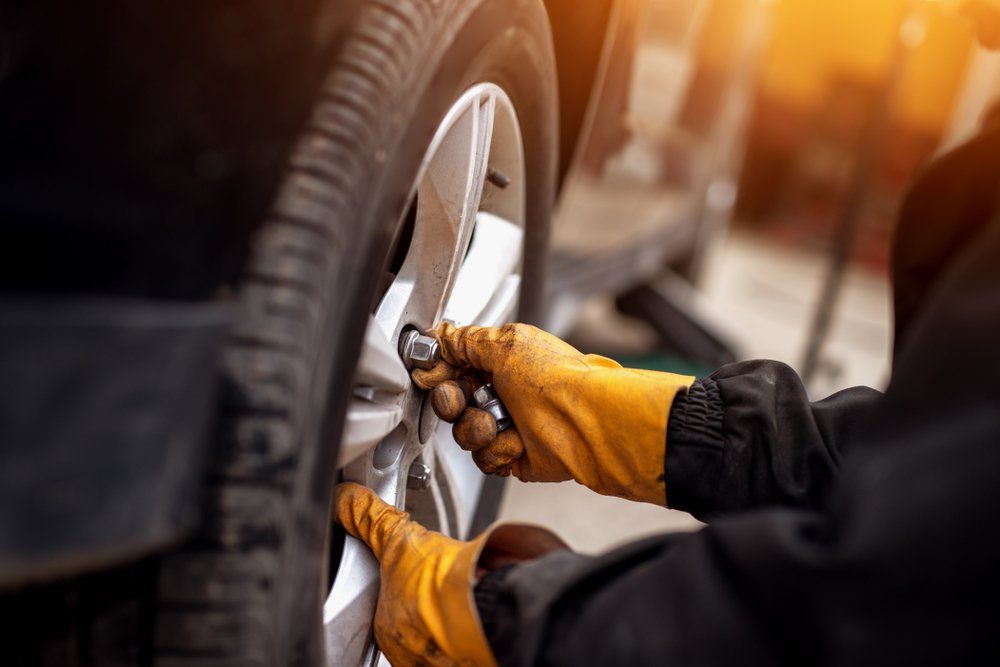When it comes time to replace your tyres, one of the first questions many drivers face is whether to invest in new tyres or consider retreaded options. While both serve the same purpose—getting your vehicle safely back on the road—they differ significantly in cost, performance, and lifespan.
For drivers, tradies, and fleet operators in Coffs Harbour, choosing between new tyres vs retreaded tyres often comes down to driving habits, budget, and vehicle use. In this blog, we’ll break down the pros and cons of each option to help you decide what’s right for your needs.
What Are Retreaded Tyres?
Retreaded tyres are previously used casings that have undergone a process to replace the worn tread. This involves inspecting the tyre, buffing off the old tread, and applying new rubber using heat and pressure to bond it to the casing.
Retreads are most commonly used in commercial transport, heavy-duty vehicles, or fleet operations where the cost of frequent tyre replacement can add up.
New Tyres: The Standard Option
New tyres are factory-manufactured using entirely new materials. They come straight from the manufacturer, meet all performance and safety standards, and are available in a wide range of specifications to suit different vehicle types, driving conditions, and performance needs.
New tyres are typically preferred by most everyday drivers, offering reliability, full tread life, and the latest in tyre technology.
Cost Comparison: Short-Term vs Long-Term Value
Retreaded tyres are generally more affordable than new tyres, sometimes costing up to 30–50% less depending on the type and size. This makes them an appealing option for budget-conscious fleet managers or businesses that go through tyres regularly.
New tyres, on the other hand, involve a higher upfront cost, but they typically offer longer tread life, better fuel efficiency, and stronger warranty coverage.
For those managing vehicles that do high mileage—such as trucks, delivery vans, or commercial utes—retreaded tyres may offer good short-term savings. But for private car owners or those who value long-term performance and peace of mind, new tyres often represent better value over time.
Safety & Performance Considerations
When it comes to safety, the differences between new and retreaded tyres can be significant, depending on the vehicle type and usage.
New Tyres:
- Designed for consistent performance in all conditions.
- Better grip, braking, and cornering—especially in wet or high-speed driving.
- Lower risk of failure due to full structural integrity.
- Backed by manufacturer safety and quality standards.
Retreaded Tyres:
- Performance can vary depending on the casing’s condition and quality of retreading.
- May not perform as well in high-speed or emergency situations.
- Less suited to vehicles used in passenger transport or high-speed travel.
- More commonly accepted in low-speed, high-load applications (e.g., freight, farming).
It’s also worth noting that not all vehicles are suitable for retreaded tyres. For example, most passenger cars and light vehicles are better suited to new tyres due to the performance demands and speed ratings required.
Environmental Impact: A Case for Retreads
Retreaded tyres do offer an environmental benefit. By reusing the casing and reducing the need for new materials, retreading helps lower the environmental footprint of tyre production and disposal.
Each retreaded tyre saves approximately 26 litres of oil and keeps one less tyre out of landfill. For commercial operations looking to reduce waste, retreads can be part of a more sustainable transport approach.
New tyres also have sustainability benefits, particularly with brands focused on eco-friendly manufacturing and recyclable materials. However, from a purely reuse-and-recycle standpoint, retreaded tyres contribute to reducing environmental impact.
Suitability for Different Vehicle Types
Choosing between new tyres vs retreaded tyres often comes down to the vehicle’s purpose and operating conditions.
New Tyres Are Ideal For:
- Private passenger vehicles, including cars and SUVs.
- High-speed or highway driving, where safety is a top priority.
- Light commercial use, where performance and fuel efficiency are important.
- Drivers covering long distances in varied weather conditions.
Retreaded Tyres Work Best For:
- Heavy-duty vehicles, such as trucks and buses, are particularly used in fleet operations.
- Agricultural machinery, where speed is low and loads are high.
- Short-haul delivery vehicles, especially where tyres are replaced frequently.
- Cost-focused commercial operations managing tyre budgets closely.
If you’re unsure which type suits your vehicle, speaking with a local tyre professional can help you weigh up the options based on how and where you drive.
Legal & Insurance Considerations
In Australia, retreaded tyres must meet strict standards (e.g., ADR 42/04) to be roadworthy. However, not all tyres are retreadable, and some insurance policies may have conditions regarding their use—especially for passenger vehicles or rideshare services.
New tyres are automatically compliant with all safety and insurance requirements, giving peace of mind without the need for additional verification.
Before fitting retreaded tyres, it’s wise to check your insurer’s guidelines and ensure the tyres have the proper certification marks.
Availability & Choice
New tyres offer a wide range of sizes, treads, and performance ratings from leading brands, making it easier to find the perfect match for your vehicle.
Retreaded tyres, by comparison, are more limited in variety and are generally only available through commercial suppliers or specialist tyre dealers. Their availability may also vary depending on demand and the supply of suitable casings.
Find Reliable Tyre Solutions in Coffs Harbour
Choosing between new tyres vs retreaded tyres depends on your driving needs, vehicle type, safety expectations, and budget. If you’re a commercial operator managing multiple vehicles or driving in controlled conditions, retreaded tyres can be a practical solution. But for most everyday drivers, the performance, warranty, and peace of mind offered by new tyres make them the smarter choice.
At GK Denney Tyres, we help drivers in Coffs Harbour choose the right tyre for every application. Whether you’re after premium new tyres or want to explore retread options for your fleet, we offer tailored advice, trusted products, and professional fitting to keep you safe on the road.
Visit our Coffs Harbour workshop or
contact our team to find the tyre solution that suits your vehicle and driving style.







